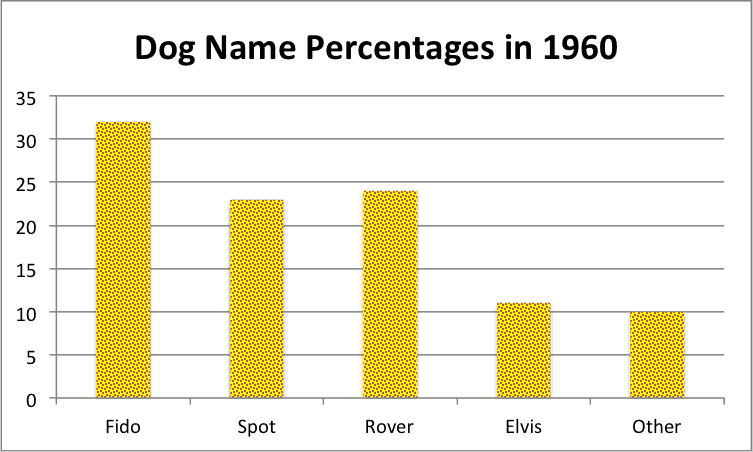

#HOW TO USE MICROSOFT OFFICE TO CREATE BAR GRAPHS SERIES#
The new box entitled "select data source" within which legend entry series is appears, the "add " button is clicked a dialogue box appears, containing an edit series option. A blank box appears and a right click is made and the "select data" option is clicked on. A click is made on the "insert" tab and line is selected from the menu which appears. From the web site the data is copied and typed in as it appeared and the numbers are rounded off. Both A2 and 3 boxes are highlighted and the bottom right hand corner is used to drag the work into a copied sequence down to A12. In A2 the year 2001 is typed and in A3 the year 2002. If you want to move the chart to a new worksheet, click the chart and then, on the Design tool tab, in the Location group, click Move Chart to open the Move Chart dialog box.In excel a left click is made on box A1 and the X title is typed in as year. To move a chart within a worksheet, drag the chart to the desired location. Just as you can control a chart’s size, you can also control its location. You can drag a corner handle to change the chart’s height and width at the same time and you can hold down the Shift key as you drag the corner handle to change the chart’s size without changing its proportions. When you drag a handle on the left or right edge, the chart gets narrower or wider, whereas when you drag the handles on the chart’s top and bottom edges, the chart gets shorter or taller. By using the handles in the middle of the edges, you can resize the chart in one direction. To resize a chart, select the chart, and then drag one of the handles on the chart’s edges. In that case, he would display the chart and data for each business unit on the same worksheet, so he would want to make his charts small. For example, Gary Schare, the chief executive officer of Consolidated Messenger, could create a workbook that summarizes the performance of each of his company’s business units. In this chapter, you’ll create a chart and customize its elements, find trends in your data, create a dual-axis chart, summarize data by using sparklines, create diagrams by using SmartArt, and create shapes that contain mathematical equations.Īfter you create your chart, you can change its size to reflect whether the chart should dominate its worksheet or take on a role as another informative element on the worksheet. If the data in the worksheet used to create a chart represents a progression through time, such as sales over several months, you can have Excel extrapolate future sales and add a trendline to the graph that represents that prediction.

You have a great deal of control over your charts’ appearance-you can change the color of any chart element, choose a different chart type to better summarize the underlying data, and change the display properties of text and numbers in a chart. In addition to the standard charts, with Excel 2013, you can create compact charts called sparklines, which summarize a data series by using a graph contained within a single cell. The best way to communicate trends in a large collection of data is by creating a chart, which summarizes data visually. However, a list of values in cells can’t communicate easily the overall trends in the data. When you enter data into a Microsoft Excel 2013 worksheet, you create a record of important events, whether they are individual sales, sales for an hour of a day, or the price of a product. Summarizing your data by using sparklines.Ĭreating shapes and mathematical equations. Creating shapes and mathematical equations


 0 kommentar(er)
0 kommentar(er)
